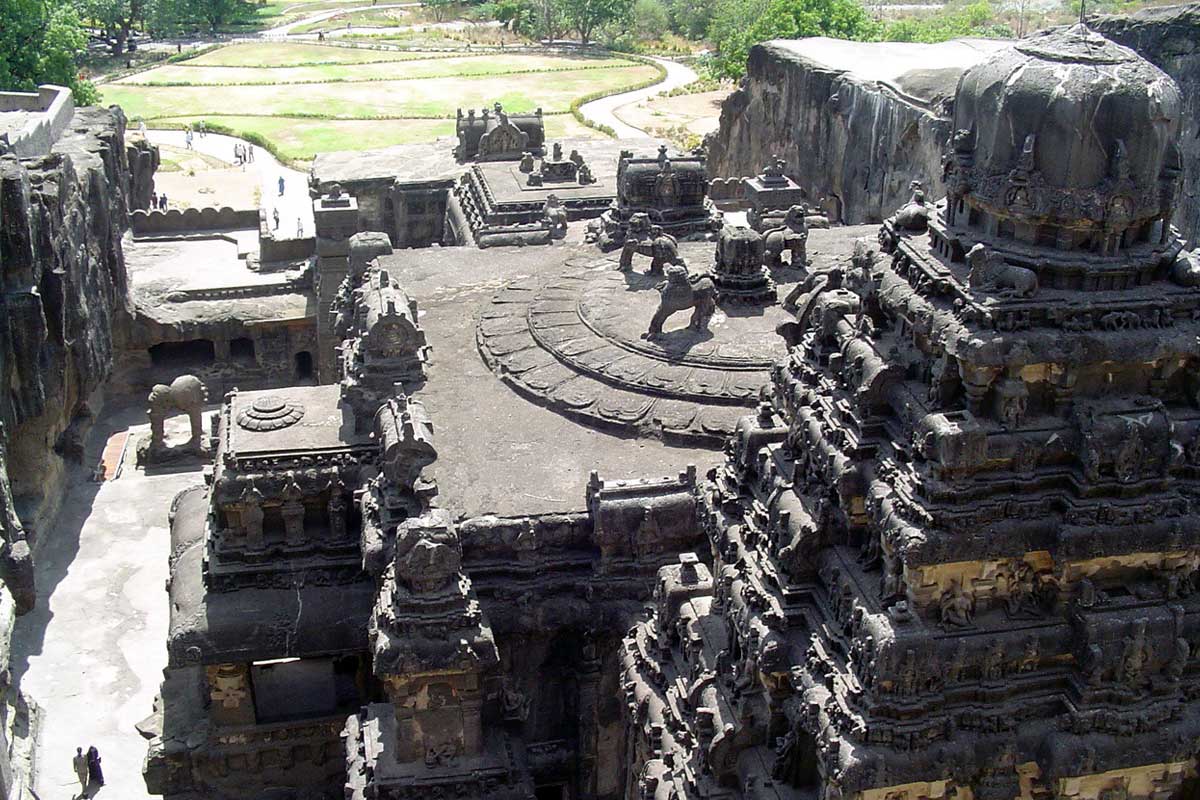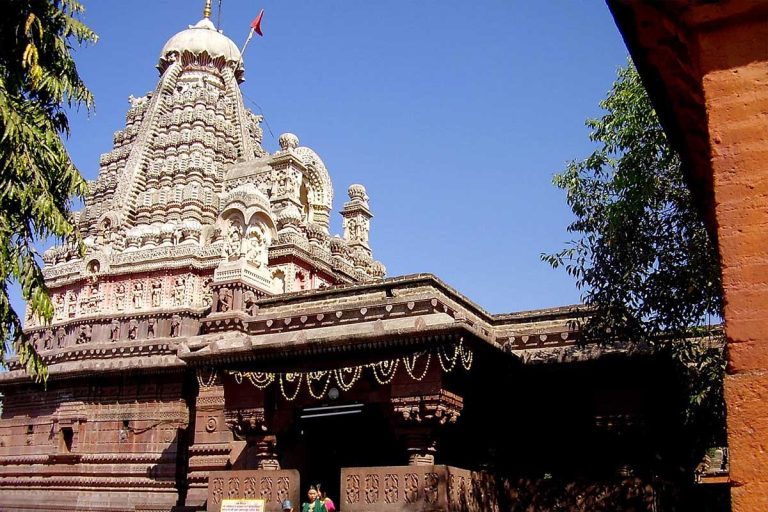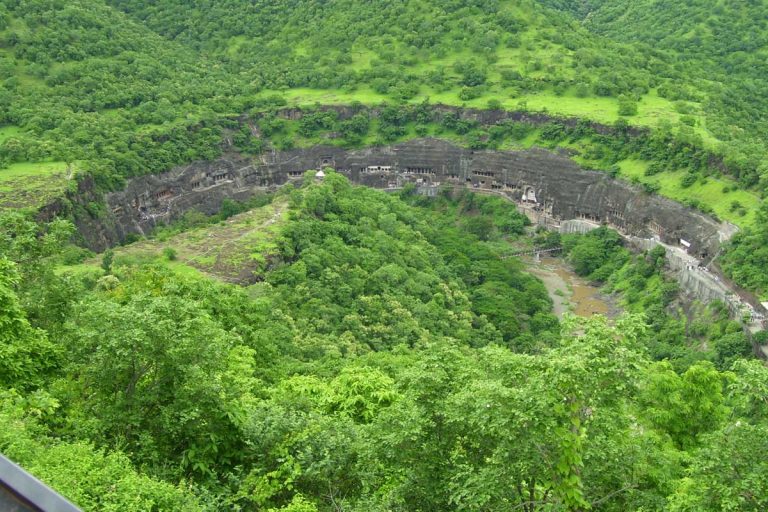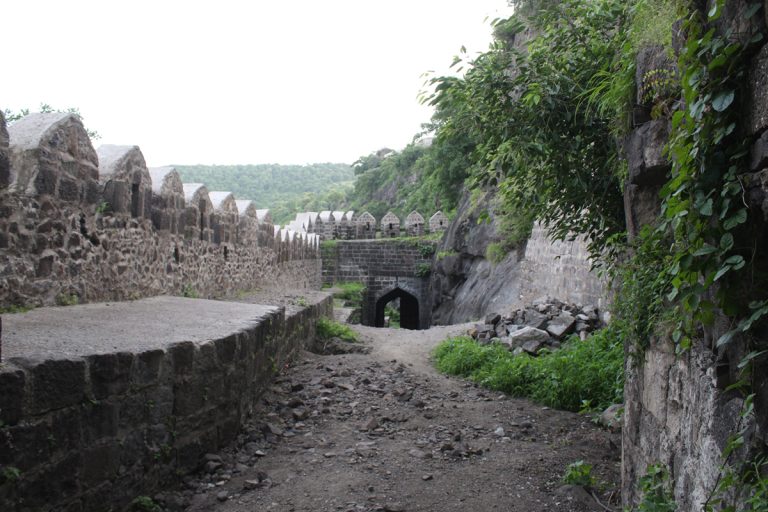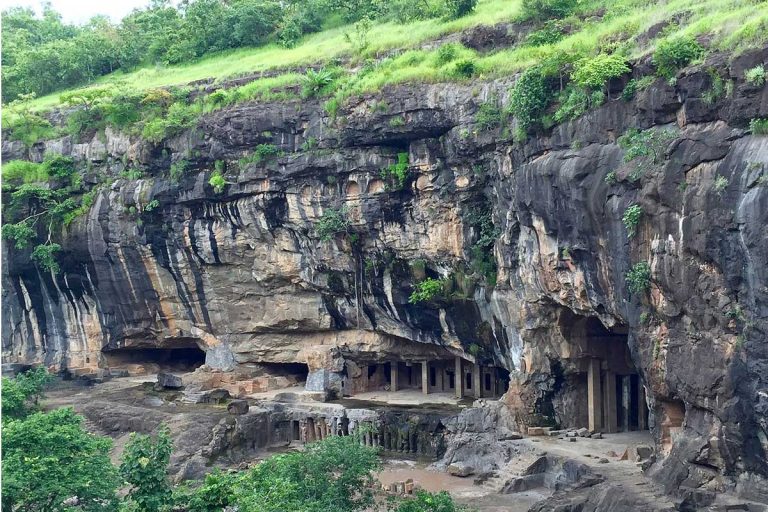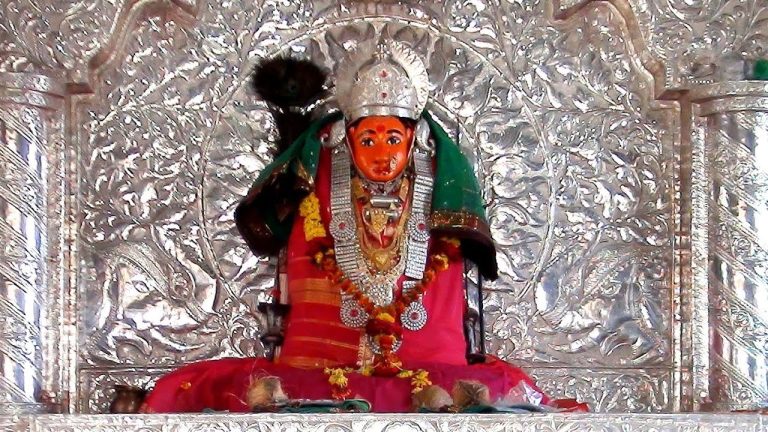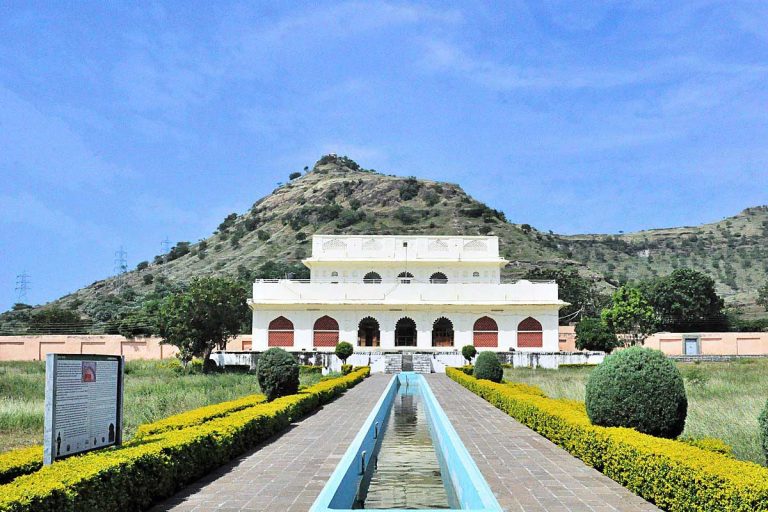Kailas Temple, Ellora
The Kailash or Kailashnath Temple dedicated to Lord Shiva at Ellora Caves on the Sahyadri Hills near Aurangabad in Maharashtra is the largest rock-cut Hindu temple in the world. Of the 100 caves here, 34 are open to the public and cave number 16 is the massive Kailasa Temple, which is part of a UNESCO World Heritage Site and one of the largest single stone excavations in the world. Carved vertically from top to bottom of a single basalt rock on the Charandri hills, the temple is a unique example of architecture and a wonder for history and architecture lovers. It is believed that the Kailasa temple bears a striking resemblance to the Virupaksha temple of Karnataka.
According to the records found, it is believed that the temple was built in the 8th century by the Rashtrakuta king Krishna I between 756 and 773 AD with the help of artists from the Pallava and Chalukya kingdoms. Since he had a model of the Virupaksha temple ready, he took less time to build such a large temple for the Kailasa temple. He built a multi-storied temple similar to Mount Kailash – the abode of Lord Shiva, thus the temple is popularly known as Kailash Temple.
According to archaeologists and modern designers, the construction of the temple would have taken more than a hundred years, but it actually took only 18 years to complete.
Interesting story related to the temple According to the story-telling of Krishna Yajnavalki, when a king was seriously ill, his queen prayed to Lord Shiva for her husband’s health. If the king recovers from the illness, the queen will build a temple dedicated to Lord Shiva and fast until the top of the temple is completed. Lord Shiva had his wish fulfilled here and her husband was cured of his illness. The king then called many artists from around to build the temple but according to their plan it would take too much time and the queen had to fast for several months. Finally an architect named Koksa came and suggested a plan to start carving the temple from the top so that the spire could be built first in a few days and then the queen could break her fast after seeing it. Thus the magnificent Kailasa temple was built in several phases and could be completed during the next ruler’s reign.
It is said that more than 200000 tons of rock was extracted from the Charanandri hills to build the temple, isn’t it amazing!!, Is it possible to do it with just hammer and chisel !! There might be more advanced technology available to do such a big job that we don’t have today.
The temple architecture is very different from other temples in the Deccan region, also influenced by the Virupaksha temple of Pattadakal and the Kailas temple of Kanchi, but still played a major role by Deccan artists.
The two-storied entrance opens to reveal a U-shaped courtyard measuring 82*46 meters at the base, 150 feet deep, and idols of deities of the Saiva sect on the left side of the entrance and of the Vaishnava sect on the right. The central temple of Lord Shiva and the idol of Nandi has a 16-pillared flat-roofed pavilion. Each part of the temple tells us the Vedic stories, Ramayana and Mahabharata through intricate sculptures and carvings. One of the famous sculptures is of Ravana trying to lift Mount Kailash, Lord Shiva as an ascetic, Shiva as Nataraja, Shiva and Parvati playing dice, Varaha raising the earth, Goddess Durga slaying the demon Mahishasura, etc. Elephants and lions making tall dough. The Rashtrakuta in the main temple shows power and fortune. There are five main shrines in the temple premises, three dedicated to the holy rivers Ganga, Yamuna and Saraswati. You will also find two flagpoles in the courtyard. Brief about Ellora Caves, UNESCO World Heritage Site, Maharashtra, India.
A group of 34 cave temples near the small village of Verul or Ellora in Aurangabad district of Maharashtra state in India is world famous as Ellora Caves. It is now protected by the Archaeological Survey of India and was also declared a UNESCO World Heritage Site in 1983. It is an enormous and largest rock-cut cave temple complex in the world excavated from the Charanendri Hills. Ellora Caves There are more than 100 caves in the campus but 34 of them are open to public. Ellora Caves are only 100 km from Ajanta Caves hence jointly popular as Ajanta Ellora Caves or Ajanta Ellora or Ajanta and Ellora Caves. Here you can find monuments of Hinduism, Buddhism and Jainism in the same campus which reflects the spirit of tolerance of ancient India. From the period 600-1000 AD, it features Hindu, Jain and Buddhist monuments and artefacts. Especially the chariot-shaped monument of the Kailasa temple dedicated to Shiva in Cave No. 16A. It is the largest single stone quarry in the world. Excavations of the Kailasa temple also attributed to sculptures representing deities and folk tales set in relief panels of Vaishnava, Shakta, and the abbreviations of the two principal Hindus
Additional Details of Kailas Temple, Ellora Caves
Best time to visit: All year round
Address: Kailas Temple, Ellora Caves, Verul, Aurangabad, Maharashtra
Activities: Visit all the caves, see the architecture of ancient India
Kailas Temple, Ellora Caves Visiting Timings
Time : General 7am to 6pm Closed on Tuesday

